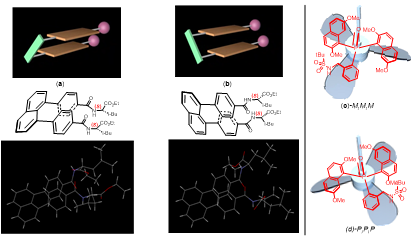报告人简介:
Scientific Vita
2015-now Paul Whitfield Horn Distinguished Professor, Texas Tech University, USA
2006-2015 Professor, Texas Tech University, USA
2002-2006 Associate Professor, Texas Tech University, USA
1997-2002 Assistant Professor, Texas Tech University, USA.
1995-1997 Postdoctoral Fellow, Scripps Research, with K. Barry Sharpless
1995 PhD Chemistry, University of Arizona, USA
1987-1990 Assistant Professor, Nanjing University
1987 Master of Chemistry, with Zhen-Heng Gao, Nankai University
1984 BS Chemistry, Jiangsu Normal University, Jiangsu, China
Research Field
(1) Discovery of new chirality (organo sandwich chirality, multi-layer chirality, orientational chirality, turbo chirality and staircase chirality). (2) 5th method to control chirality: aggregation-induced synthesis (AIS), aggregation-induced catalysis (AIC). (3) 3rd catalytic method between heterogeneous and homogeneous catalysis to control chirality-aggregation-induced asymmetric catalysis (AIAC). (4) GAP reagents, GAP-peptide synthesis and chiral phosphonyl imines. (5) Chiral multilayer polymers. (6) Aminohalogenation and deamination of alkenes and alkynes. (7) Aggregation-induced polarization (AIP). (8) Nitrogen and heterocycle chemistry.
报告摘要:Significant progress has been made in controlling molecular chirality, as evidenced by the several Nobel Prizes in chemistry awarded in this area. However, the exploration of new types of chirality has been largely stagnant for more than half a century, likely due to the complexity and challenges inherent in this field. In this talk, we present the discovery of a novel type of chirality—staircase chirality (a & b, Figure 1) as inspired by the design and synthesis of unnatural amino acid derivatives. The architecture of staircase chirality is characterized by two symmetrical phenyl rings anchored by a naphthyl pier, with the rings asymmetrically displaced due to the influence of chiral auxiliaries at their para positions. This unique staircase chiral framework has been thoroughly characterized using spectroscopic techniques, with its absolute configuration definitively confirmed by X-ray diffraction analysis. Remarkably, one of the staircase molecules exhibits four distinct types of chirality: central, orientational, turbo, and staircase chirality, a combination that has not been previously documented in the literature. Meanwhile, the first asymmetric synthesis of turbo chirality without other chiral elements (c & d, Figure 1) will also be presented.

Figure 1. New Chirality Elements